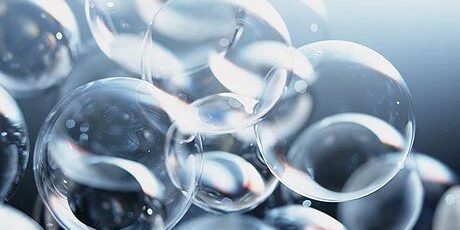Advantages and Disadvantages of Different Types of Defoaming Agents
The research and application of organic defoaming agents such as mineral oils, amides, lower alcohols, fatty acids and fatty acid esters, and phosphate esters were earlier. They belong to the first generation of defoaming agents. They have the characteristics of easy availability of raw materials, high environmental protection performance, and production efficiency. It has the advantages of low cost; the disadvantages include low defoaming efficiency, strong specificity, and harsh usage conditions.
Polyether defoaming agents are the second generation of defoaming agents and mainly include three types: linear polyethers, polyethers starting with alcohol or ammonia, and end-group esterified polyether derivatives. The biggest advantage of polyether defoaming agents is their strong ability to suppress foam. In addition, there are also some polyether defoaming agents that have excellent properties such as high temperature resistance and resistance to strong acids and alkali. The disadvantage is that the use conditions are limited by temperature and the field of use. Narrow, poor defoaming ability, low foam breaking rate, etc.
Silicone defoaming agents (third generation defoaming agents) have the advantages of strong defoaming performance, rapid foam breaking ability, low volatility, non-toxic to the environment, no physiological inertness, and wide range of use, so they have a wide range of uses. Application prospects and huge market potential, but the anti-foaming performance is poor.
Polyether modified polysiloxane defoamer has the advantages of both polyether defoamer and silicone defoamer, and is the development direction of defoamer. Sometimes they can be reused based on their reverse solubility, but currently there are few types of such defoaming agents, they are still in the research and development stage, and the cost of production is high.







